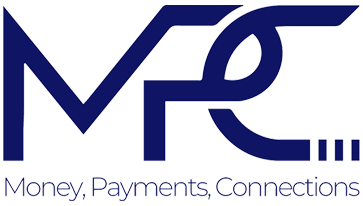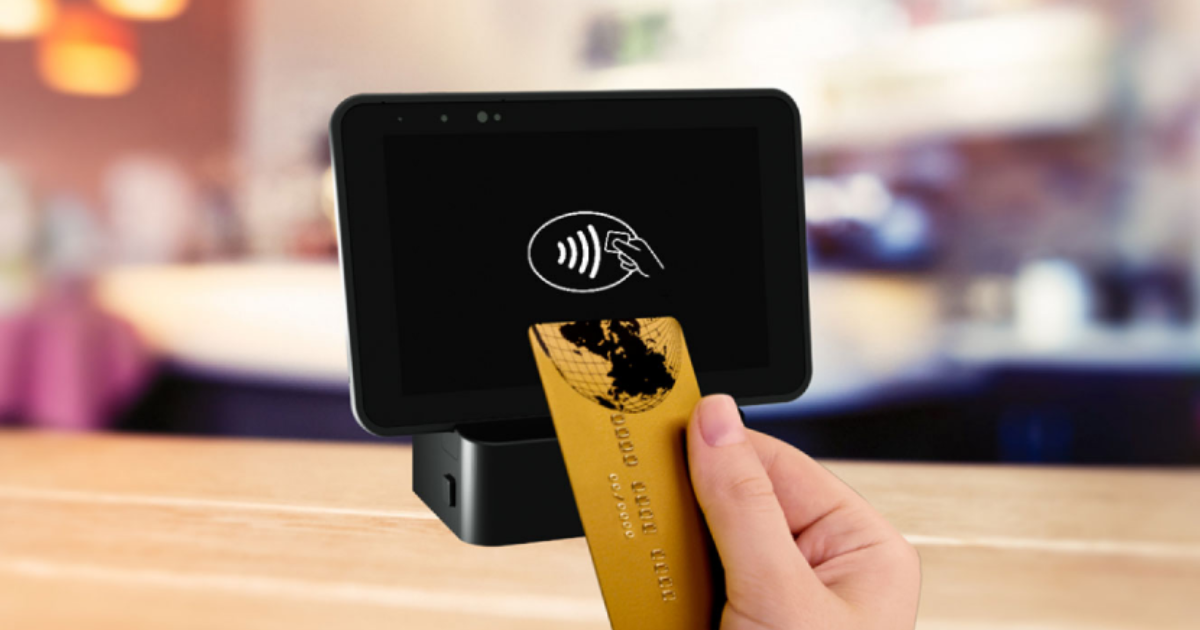Since the beginning of the Pandemic, it has become eminently more noticeable that retail and dining customers are using contactless payments far more frequently. What started out as germophobic anti-virus protection on payment terminals has developed into a very convenient payment habit for many consumers.
Contactless payments, like most payment innovations, has taken a long time for acceptance particularly in the US. When the chip cards were first announced, very few contactless cards issued in the US. If cardholders did have them most merchant payment terminals were unable to process them. Hundreds of millions of contactless cards were finally issued to consumers in 2019-20 as the payment terminal vendors slowly upgraded their product lines for contactless.
Contactless technology is rapidly advancing globally and Aava Mobile from Oulu, Finland is leading the charge with its Oona CPoC tap’n’pay readers built into their professional grade POS tablets. Aava has positioned its Oona contactless readers front & center on their ruggedized tablets. Aava is planning to add CPoC contactless to its entire line of professional tablets as well as future larger screen unattended devices for remote ordering, EV charging stations and other consumer activated transactions.
CPoC is an acronym for Contactless Payments on COTS with COTS being an acronym for Commercial Off The Shelf. Both sides of a payment transaction can now use “off the shelf” mobile tablets, phones, smartwatches or other future wireless device for payments instead of built for purpose payment terminals. In the land of payment acronymia, these new cryptic abbreviations translate into lower cost payment devices for merchants. Moreover, they provide the flexibility of reliable transactions paid by contactless cards or everyone’s ubiquitous cellphones virtually anywhere in the store or restaurant for customers.
CPoC contactless offers a significant benefit to all parties of a retail payment transaction. High-transaction volume merchants, think stadium concessions, event ticketing, amusement venues, theatre intermissions, etc., can move more customers through the line faster. Customers miss less of the event standing in line and get back to their seats faster. CPoC tablets can be unattended and customer-facing potentially reducing employment costs or reallocating today’s reality of limited employee resources for other tasks. CPoC literally extends the POS checkout to wherever the customer wants to pay on-site.
POS Software developers enjoy less time and expense enduring multiple direct payment certifications, which enables a faster implementation time and faster to revenue. Middleware is required however so developers must choose a third party CPoC software partner such as SoftPOS, PayCore, Computop, Phos, and Softspace to manage the processor relationship.
We humans typically embrace whatever is fastest, easiest, and least expensive in most of our life decisions. CPoC has the promise of delivering all three benefits to our merchant/consumer transactions moving forward.
[mkdf_separator class_name=”” type=”normal” position=”center” color=”” border_style=”” width=”” thickness=”” top_margin=”” bottom_margin=””]
 AUTHOR
AUTHOR
Tom McCole, Vice President, Sales & Marketing, Orona by Aava Mobile
Payments industry veteran Tom McCole has worked for leading merchant acquirers and original equipment manufacturers throughout his prolific career, leading teams, crafting strategy and identifying adjacent opportunities in fintech, financial services and network communications technologies across the evolving digital commerce sphere. He currently serves as vice president of sales and marketing at Oona by Aava Mobile and president at POSophist, a point-of-sale consultancy and advisory service. Follow him on LinkedIn.







